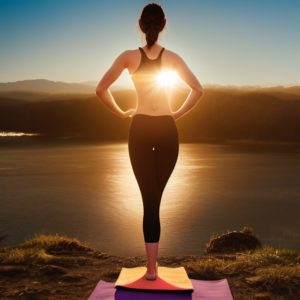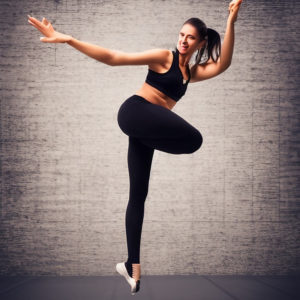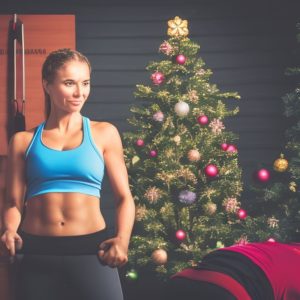Walking is good for varicose veins
Walking is good for varicose. There are many exercises you can do to reduce varicose veins. Walking is one of them. Walking regularly has many benefits. These benefits include:
- It will be easier to sleep
- Walking can lower your blood sugar levels and prevent diabetes.
- Your balance will be improved, which will reduce your risk of falling.
- Exercise can release endorphins which makes you happier.
- This will increase your blood circulation
You will see a decrease in the risk of developing arthritis, fibromyalgia or other joint diseases.
Walking is great for your varicose veins, in addition to the general benefits. Walking is low-impact exercise. You won’t be putting any strain on your legs. Walking strengthens your calves and doesn’t put undue strain on your veins.
Your calves can be found in the lower half of your legs. This is the most common place for varicose to appear. You can improve circulation in general by strengthening your calf muscles. This will help improve your varicose veins.
Varicose Veins: Why exercise is important
Varicose veins can make exercise difficult. However, it is important to continue exercising even if you have varicose. Exercise is good for your overall health and can even treat varicose veins.
You shouldn’t be standing still if you have varicose. If you are unable to move, your blood will pool in the bottom of the body. This is gravity’s effect. This means that blood will flow from your top half into your legs, feet and ankles.
Your varicose veins may begin to swell. Varicose veins can become even more severe if this happens. You might notice a change in your veins if you sit still for a long time.
- The pain gets worse
- Your veins begin to grow
- It is more difficult to move
It is difficult, but you must make every effort to keep your varicose veins active. You could also develop other types of vein disease if your veins swell. You should exercise regularly, even if your varicose veins aren’t.
How to safely walk with varicose veins
These steps will help you develop a walking program for varicose. These steps will allow you to increase your walking speed and distance in a safe way. These are the most important steps to take:
- It is essential to stretch. This will prevent injury. Stretch your ankles, calves and hamstrings. Try flexing your calf by leaning against a wall using your hands. You can also bend over and touch your toes. Good walking shoes are also essential. The right shoes can help prevent injury. These are our recommendations based on your situation.
- Then, start walking slowly. It is important to start slowly and walk slowly at first. Walk for 30 minutes without stopping. It doesn’t matter how long you walk. Keep walking.
- Walking every day is a good idea. Flat surfaces are best for starting. This will keep stress from building up in your calves, hamstrings, and ankles. This will help prevent injuries.
- Once you have been walking for at least one week, you can begin to track your distance. Either you can map the route using a GPS or wear a pedometer. The pedometer may also track your heart beat.
- Cardio walking is a great way to get the cardio benefits of walking. Cardio walking requires that your heart rate remains between 50 percent and 70% of its maximum. The formula 220 is your age in years. This will calculate your maximum heart beat. For example, 160 is the maximum heart rate for a 60-year-old. Cardio walking requires that your heart rate remains between 80 and 112
Cardio walking is a great way to reduce varicose veins. Walking improves circulation, which can help to fix varicose veins.
You may start to notice that your varicose vessels start to show signs of aging. You might be able to do other exercises like swimming, biking, or ellipticals. Everybody has to start somewhere. Start walking if you have varicose or clogged veins.











